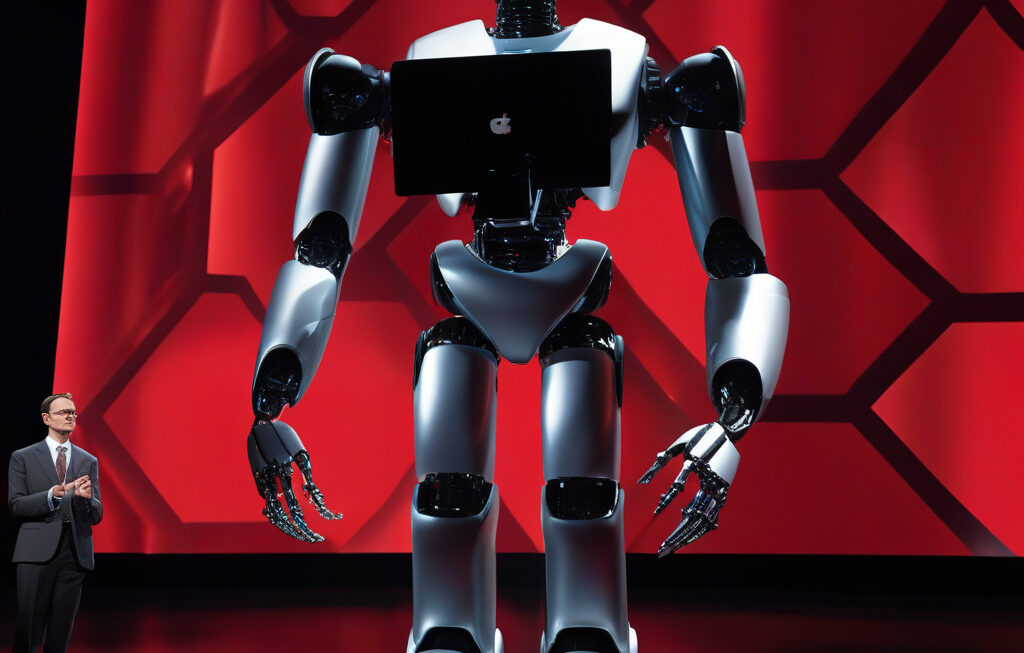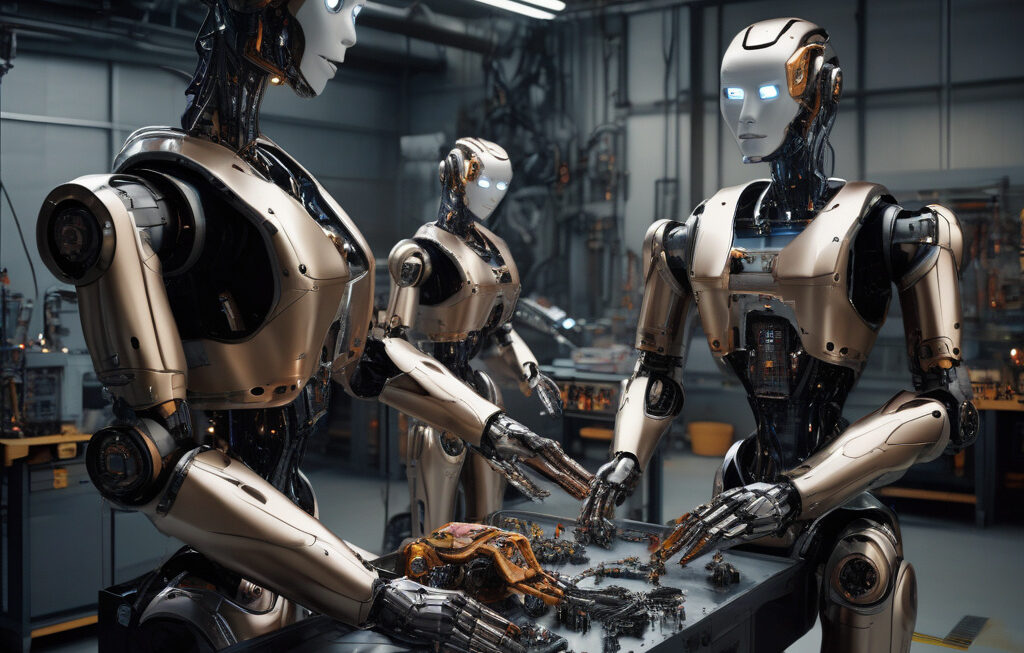Watch: Mini Chinese Bipedal Robot Tackles Obstacles with Precision Using AI Models
A new video by a Chinese firm shows how its compact bipedal robot walks and navigates through obstacles with remarkable precision, thanks to advanced artificial intelligence (AI) models. The sleek design and agile movements of this mini robot highlight the significant strides being made in the field of robotics, particularly in the realm of bipedal locomotion.
The video showcases the robot effortlessly maneuvering through a variety of challenging terrains, including uneven surfaces and obstacles such as stairs and narrow pathways. What sets this mini robot apart is its ability to adapt to different environments in real-time, adjusting its gait and balance to maintain stability and continue its path effectively.
At the core of this impressive performance lies the sophisticated AI models that power the robot’s decision-making process. By leveraging cutting-edge algorithms and sensor technologies, the robot can analyze its surroundings, identify obstacles, and plan the most efficient route to reach its destination. This level of autonomy and adaptability demonstrates the potential of AI in enhancing the capabilities of robotic systems.
The application of AI in bipedal robots is particularly significant as it mimics the complex biomechanics of human walking. By incorporating AI models that simulate human-like movements and responses, researchers and engineers can create robots that are not only efficient in their locomotion but also capable of interacting with the environment in a more natural and intuitive manner.
Furthermore, the compact size of the Chinese bipedal robot makes it well-suited for a wide range of applications, from indoor navigation in smart homes and offices to assistive devices for individuals with mobility impairments. The agility and precision demonstrated in the video hint at the potential for these robots to become valuable companions in various settings, offering assistance and support in tasks that require dexterity and mobility.
As robotics technology continues to advance, we can expect to see more innovations in the field of bipedal robots, with AI playing a central role in enhancing their capabilities. The integration of AI models that enable real-time decision-making and adaptive behavior will pave the way for robots that can navigate complex environments with ease and efficiency.
In conclusion, the mini Chinese bipedal robot showcased in the video represents a significant milestone in the development of AI-powered robotic systems. Its ability to tackle obstacles with precision and agility demonstrates the potential for AI to revolutionize the field of robotics, opening up new possibilities for autonomous navigation and interaction in various domains.
#ChineseRobotics #AIModels #BipedalRobot #RoboticsInnovation #ArtificialIntelligence











